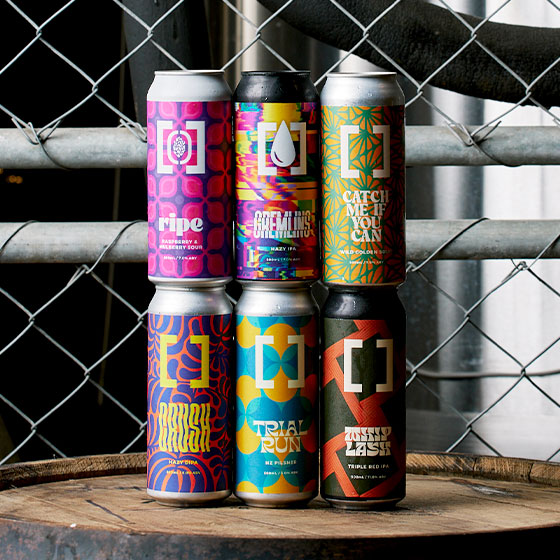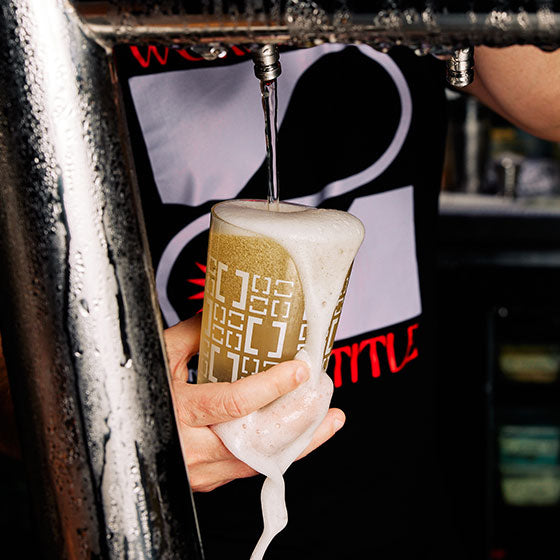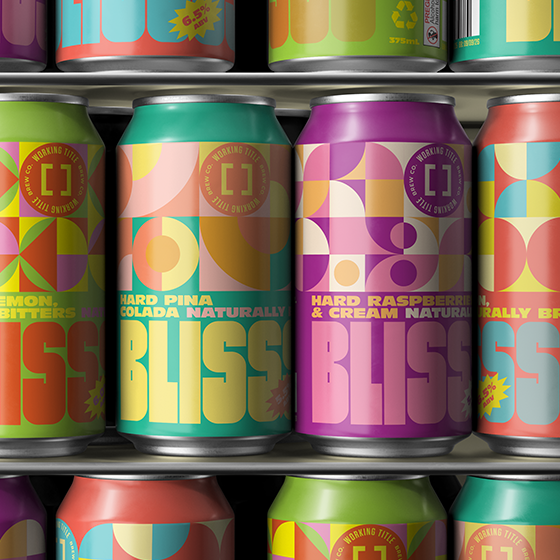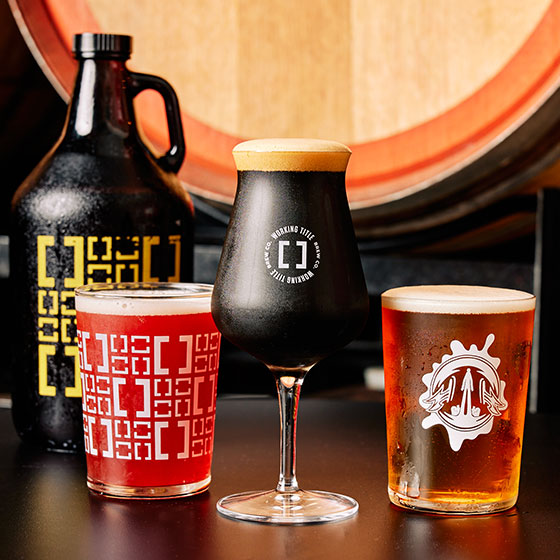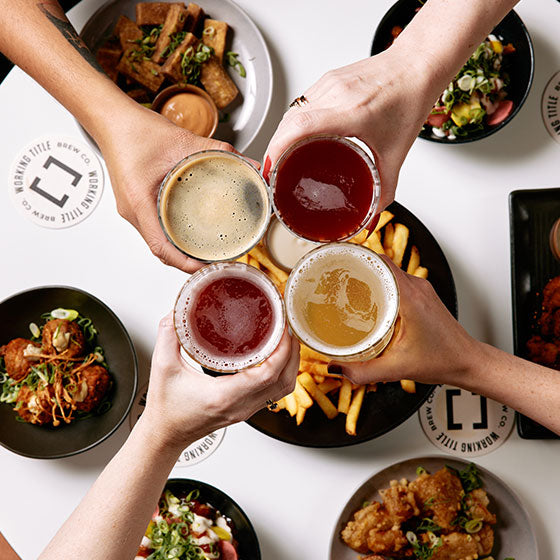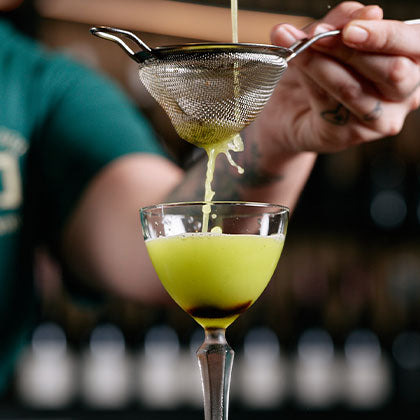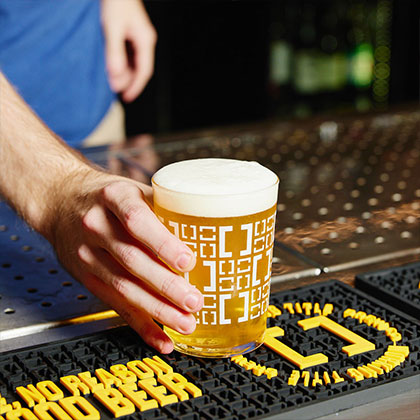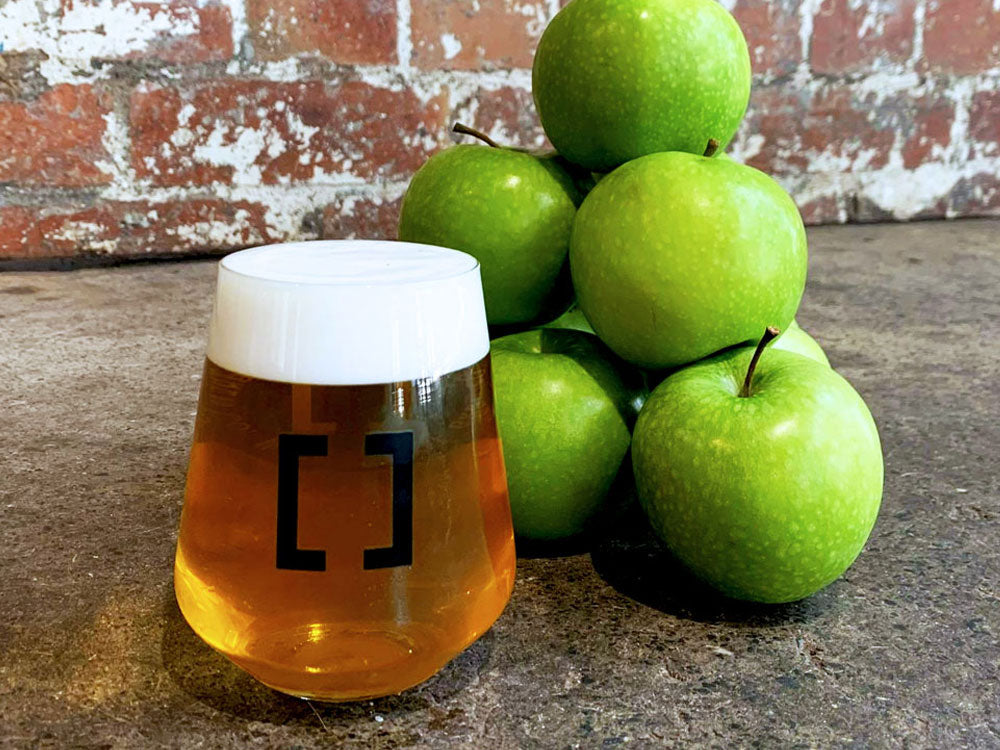That’s a spicey meatball/beer!
Today we began the extraction of chilli for an upcoming release (collab with The Village Pickle). Adding extra flavours to beer has become almost synonymous with craft beer. All sorts of weird and wonderful flavours, from crab to Tasmanian pepperberry, are audaciously lobbed into various base beers. These Frankenstein’s monsters are sometimes challenging but always interesting.
Chillies we’re domesticated about 5000 years ago in Mexico. While five predominate species constitute the consumption spectrum for humans, from capsicum to Carolina Reaper, many cultivars and variants exist today.
The family of compounds that give chillies their burn are known as capsaicins. And each cultivar produces a unique concentration of capsaicin; from a tiny amount in capsicum to arse tearing levels in Reapers, and that’s just by looking at them. We’ve gone with some fine dried Habaneros, thanks to our pals at VP.
There are many different ways to add chilli to beer. You can go full cowboy and whack freshies in the mash, to roasting the chillies and infusing them in the fermenter, to a controlled infusion of dried chillies in the brite tank, which is what we did. We are seeking just a mouth tingle of heat and a nice bit of flavour, to keep things in balance with the rest of the beer. So we diced the habaneros and soaked them in a cheap spirit, this is known as a tincture. This allows us to more specifically control the amount of heat in the final product. We can then perform a trial dilution series once the beer is finished and add just the preferred amount.
Tinctures, because beer shouldn’t taste like dying.

